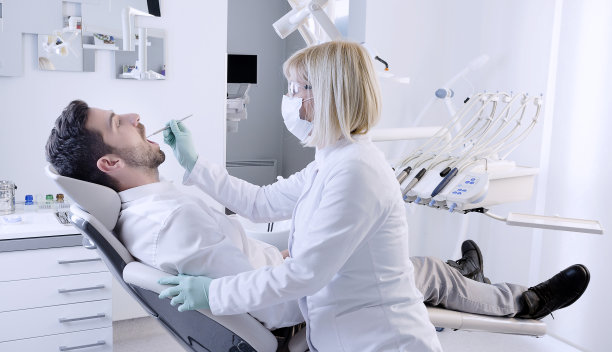The Essential Guide to Understanding the Process of Extracting a Tooth Safely and Effectively for Better Oral Health
Summary: Tooth extraction is a crucial dental procedure that, when performed correctly, can significantly improve oral health. This article aims to provide a comprehensive guide to understanding the tooth extraction process, emphasizing the importance of safety and effectiveness. By detailing the preparation required, the extraction techniques employed, aftercare measures, and potential complications, readers will gain valuable insights into ensuring better oral health. Each aspect of the procedure is explored to highlight best practices and underline the significance of professional dental support during the process.
1. Preparing for a Safe Tooth Extraction

Before any dental procedure, including tooth extraction, adequate preparation is essential. A thorough examination of the patients dental and medical history is imperative. This helps identify any underlying health conditions that could complicate the procedure. Information about medications being taken must be disclosed as they can impact bleeding and healing.
Once the patients history is reviewed, imaging techniques like X-rays are commonly used to assess the position of the tooth and its roots. Understanding the spatial relationship of the tooth to surrounding structures can guide the dentist in choosing the best extraction method. This detailed pre-extraction evaluation helps ensure a safer process.
Additionally, patients must receive clear instructions on how to prepare for the procedure. This includes dietary restrictions, such as avoiding food or drink several hours before the extraction, especially if sedation is planned. Proper preparation can significantly lessen anxiety and contribute to a smoother experience.
2. Understanding Extraction Techniques Used
Tooth extraction can be categorized into two main types: simple and surgical extractions. A simple extraction is performed on a tooth that is visible in the mouth, often requiring local anesthesia to numb the area. The dentist uses specialized instruments to loosen the tooth before removing it safely.
On the other hand, surgical extractions are more complex and are usually performed when teeth are impacted or not fully erupted. This procedure often requires sedation or general anesthesia and may involve incising the gum tissue to access the tooth. Understanding these techniques helps patients feel more confident about the method chosen by their dentist.
Regardless of the technique, a skilled dentist focuses on minimizing discomfort and ensuring patient safety throughout the extraction. Post-operative assessments and follow-up appointments are vital to confirm that the extraction site is healing properly, showcasing the importance of professional expertise in each step of the process.
3. Aftercare Measures to Ensure Healing
Post-extraction care is crucial for optimal recovery and prevention of complications. Patients should be encouraged to bite down on a gauze pad immediately after the extraction to control bleeding effectively. Managing swelling is also key; applying ice packs in the initial 24 hours can alleviate discomfort.
Patients should receive guidance regarding dietary choices post-extraction. Soft foods are recommended initially, while avoiding hard, crunchy, or spicy items that could irritate the area. Staying hydrated is equally important, but patients should be cautioned against using straws, as the suction can dislodge blood clots important for healing.
In addition to diet, maintaining oral hygiene is essential. Patients should learn how to gently rinse their mouths and keep the extraction site clean without disturbing the area. Regular follow-up appointments play a vital role in monitoring the healing process and addressing any concerns promptly.
4. Recognizing and Managing Potential Complications
Despite the best efforts during a tooth extraction, complications can arise. One common issue is dry socket, which occurs when the blood clot at the extraction site becomes dislodged. This painful condition can delay healing and requires prompt professional intervention.
Infections can also occur if bacteria enter the extraction site. Patients should be vigilant for signs of infection, such as excessive swelling, fever, or pus, and report these symptoms to their dentist immediately. Effective communication with the dental professional is crucial for early detection and treatment of complications.
Understanding these potential issues highlights the importance of professional dental care during and after the extraction process. Awareness empowers patients, allowing them to take proactive steps and seek help when necessary, ensuring a smoother recovery and maintaining oral health.
Summary:
This article outlined the critical process of tooth extraction, emphasizing preparation, extraction techniques, aftercare, and complications. Understanding each of these aspects is vital for patients aiming for successful recovery and enhanced oral health.
By prioritizing professional dental support and following recommended procedures, patients can navigate this challenge with confidence. Each step contributes to better oral health.
This article is compiled by Vickong Dental and the content is for reference only.



